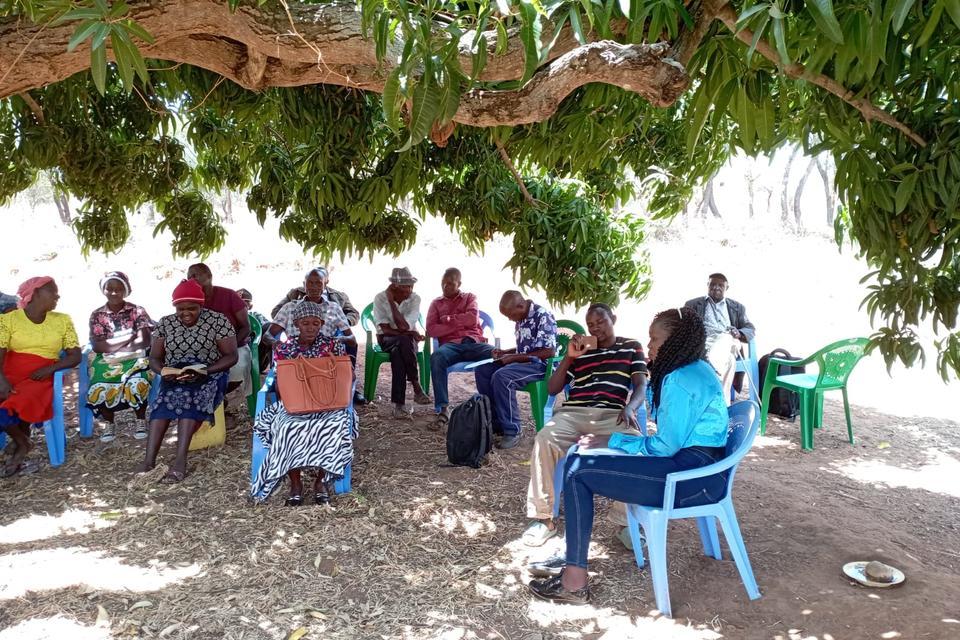Empowering Counties: Building Capacity for GHG Reporting in Kenya’s Crop Production
- From
-
Published on
22.10.24
- Impact Area

Kenya’s crop subsector plays a crucial role in the country’s economy, but it is also a significant source of greenhouse gas (GHG) emissions. Key contributors to these emissions include land-use changes, fertilizer use, and crop residue management. Together, these agricultural practices release large quantities of carbon dioxide (CO₂), methane (CH₄), and nitrous oxide (N₂O) into the atmosphere, which accelerates climate change. As agriculture is critical to incomes and survival, addressing its GHG emissions is essential for Kenya to meet its climate commitments and foster sustainable farming practices.
Accurate monitoring of these emissions is key to improving agricultural techniques, fulfilling international climate commitments, and promoting sustainability without compromising productivity. However, data collection challenges at the local level hinder effective monitoring and reporting. Without accurate grassroots data, Kenya’s GHG inventory remains incomplete, affecting emission estimates and limiting targeted interventions.
Related news
-

Accelerating wheat breeding, from Toluca in Mexico to the world
CGIAR Initiative on Breeding Resources12.11.25-
Climate adaptation & mitigation
-
Nutrition, health & food security
In Mexico, a project has been completed to develop new elite parental lines of wheat…
Read more -
-

Mapping Where People Can Live Safely in a Changing Climate: The Global Habitability Index
Ibukun Taiwo12.11.25-
Climate adaptation & mitigation
Where can the world’s most vulnerable populations live safely and sustainably? Across the world, r…
Read more -
-

CGIAR@COP30: Loss and Damage Negotiation Updates
Climate Action Science Program12.11.25-
Adaptation
-
Climate adaptation & mitigation
-
Mitigation
For vulnerable countries and communities, climate change is already causing devastation that no amou…
Read more -
